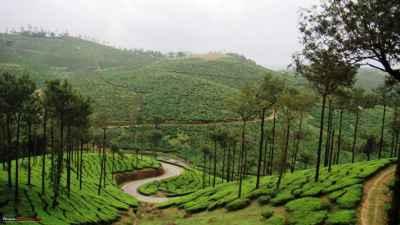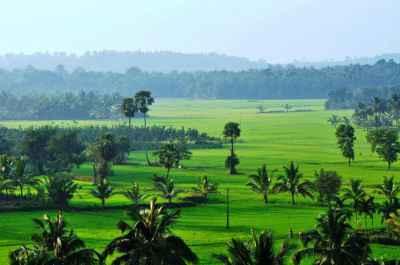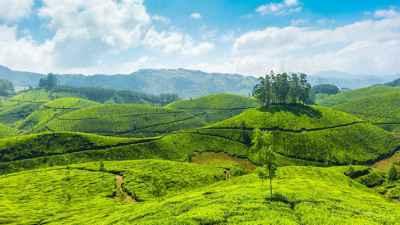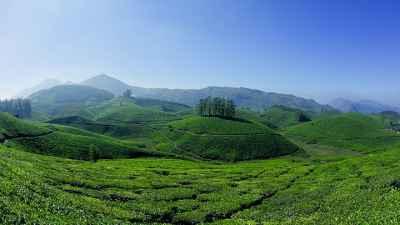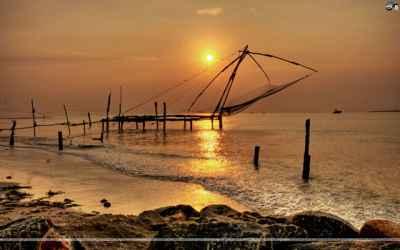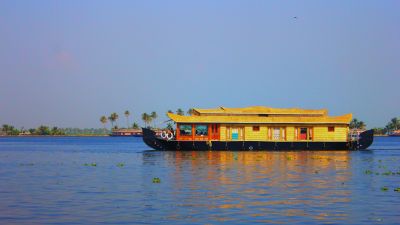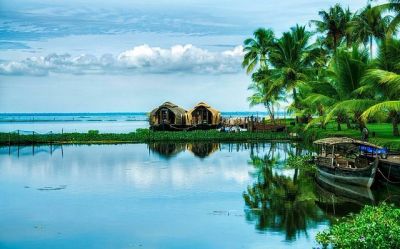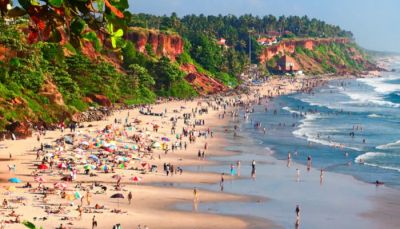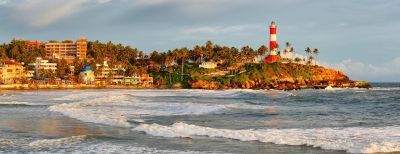Kerala's Revolutionary Past: Exploring the History of Struggle
When we think of Kerala, the first things that come to mind are its serene backwaters, lush greenery, and unique culture. But beyond its picturesque landscapes, Kerala has a rich and revolutionary history. The state has witnessed numerous struggles and movements that have played a significant role in shaping its present socio-political landscape. In this blog post, we will delve into Kerala's revolutionary past and explore the history of resistance and liberation.
1. The Salt Satyagraha
One of the earliest instances of resistance in Kerala was during the Salt Satyagraha in 1930, a movement initiated by Mahatma Gandhi against the British salt tax. In the coastal town of Payyannur, thousands of people participated in the salt march and production of salt. This act of civil disobedience shook the British administration and became a significant milestone in the fight for independence.
2. The Punnapra-Vayalar Uprising
The Punnapra-Vayalar uprising in 1946 was a major watershed moment in Kerala's revolutionary history. It was a series of protests and armed resistance against the oppressive policies of the then Travancore state government. The uprising was brutally suppressed by the government forces, but it inspired a sense of unity and determination among the people of Kerala to fight for their rights.
3. The Land Reforms Movement
One of the most significant socio-political movements in Kerala was the Land Reforms Movement that took place in the 1950s and 1960s. The movement aimed to end the feudal system and redistribute land among the landless farmers and laborers. As a result of this movement, the state government implemented radical land reforms, ensuring that every citizen had the right to own land. This movement transformed the agrarian structure of Kerala and brought about significant changes in the socio-economic conditions of the rural population.
4. The Naxalite Movement
During the 1970s, Kerala witnessed the rise of the Naxalite movement, an armed struggle for communism. The movement gained momentum in the northern districts of the state and led to widespread violence and unrest. The government responded with a heavy hand, leading to the decline of the movement. Although the movement did not achieve its desired goals, it played a crucial role in highlighting issues of landlessness, poverty, and social inequality.
5. The Women's Empowerment Movement
Kerala has also been at the forefront of the women's empowerment movement in India. The state has seen a consistent push for gender equality, with various organizations and movements advocating for women's rights. Kerala became the first state in India to achieve 100% primary education for girls and has one of the highest literacy rates among women in the country. The women's empowerment movement continues to strive for gender equality in all spheres of life.
Conclusion
Kerala's revolutionary past is a testament to the resilience and determination of its people to fight against injustice and oppression. The state has a rich history of resistance movements that have shaped its identity and made it the progressive and inclusive state it is today. As travelers, it is essential to delve into the history and understand the struggles of the places we visit. Kerala's revolutionary past is an integral part of its cultural tapestry and should not be overlooked.
Share this blog post with your friends and family to spread awareness about Kerala's revolutionary history!
Disclaimer : The information provided in this blog is for general informational purposes only. While we strive to keep the content accurate and updated, TravelSetu assumes no liability for errors or omissions. If you believe any part of this blog infringes your rights or causes concern, please notify us immediately at info[at]travelsetu[dot]com so that appropriate action can be taken.
